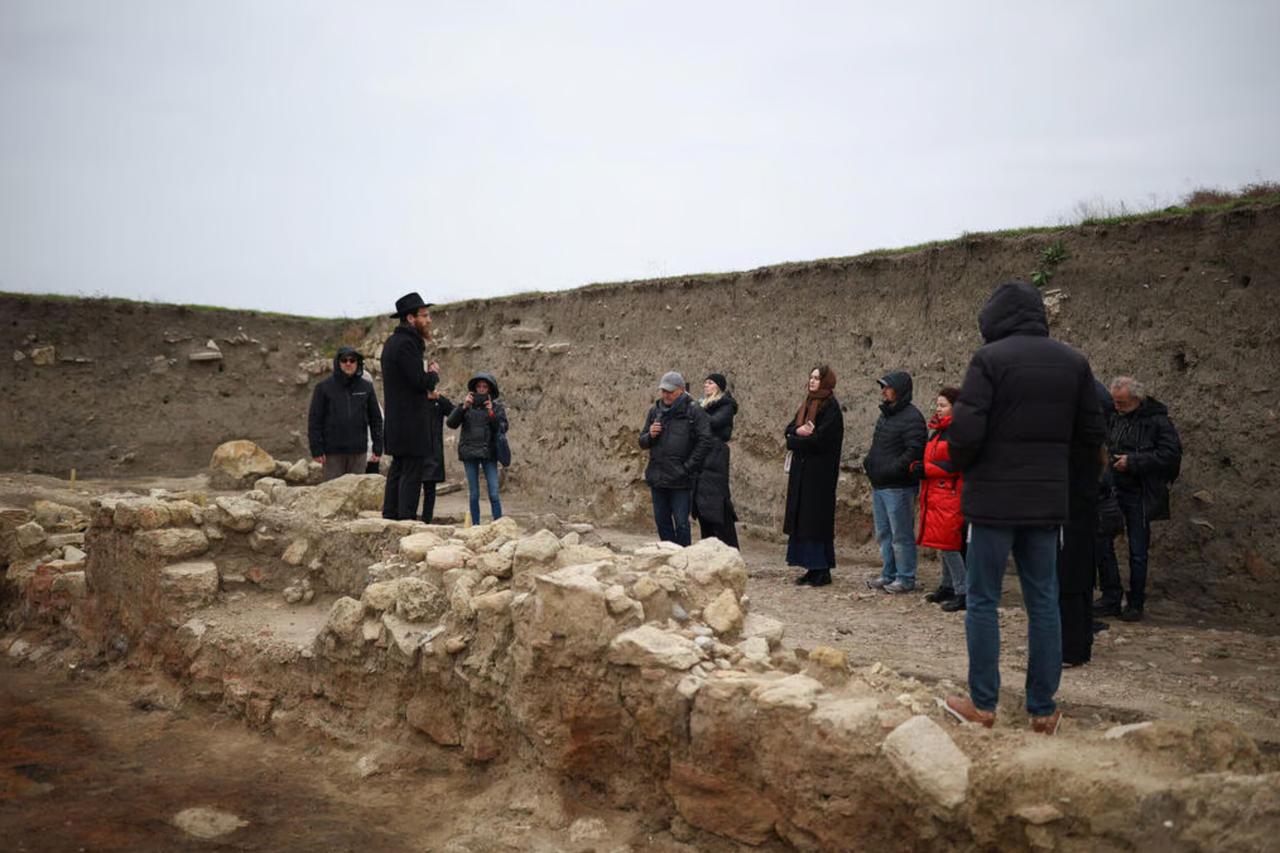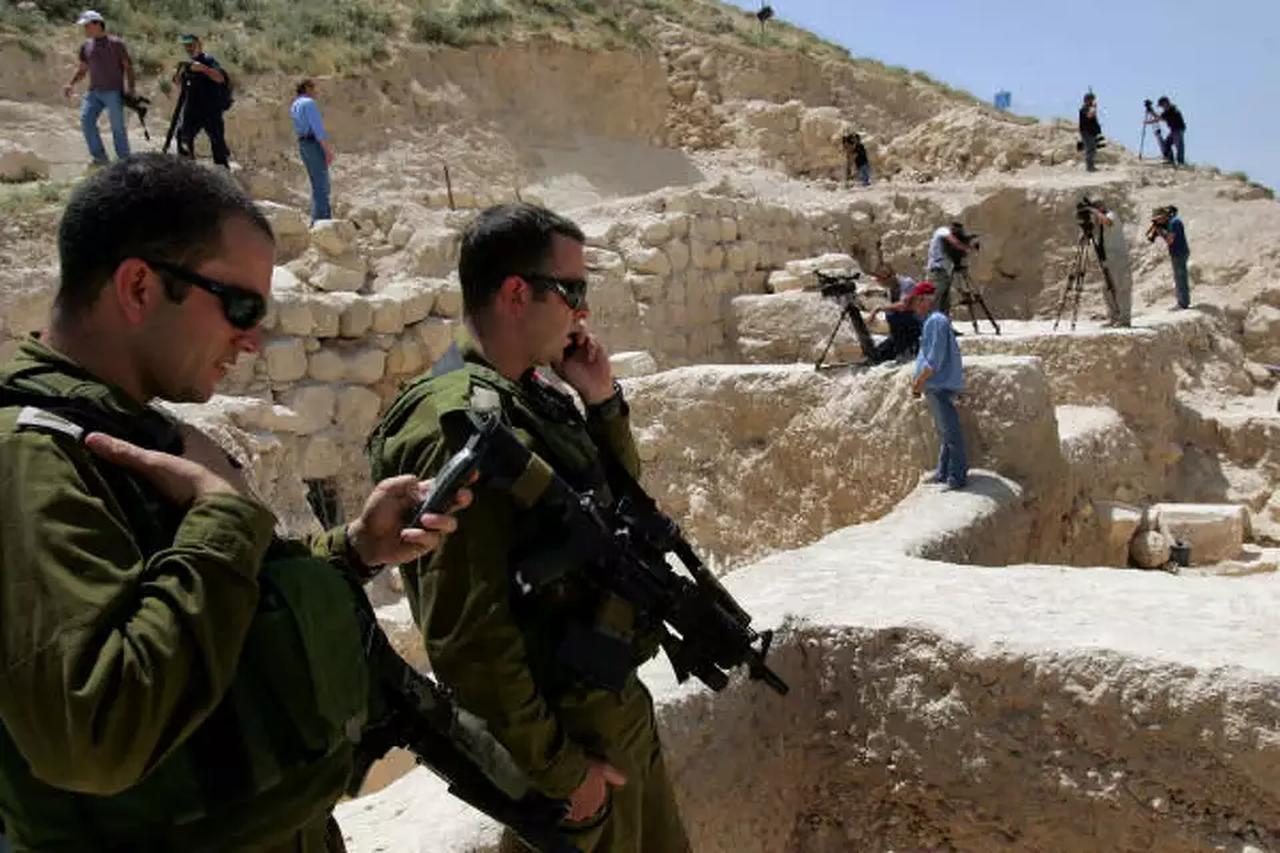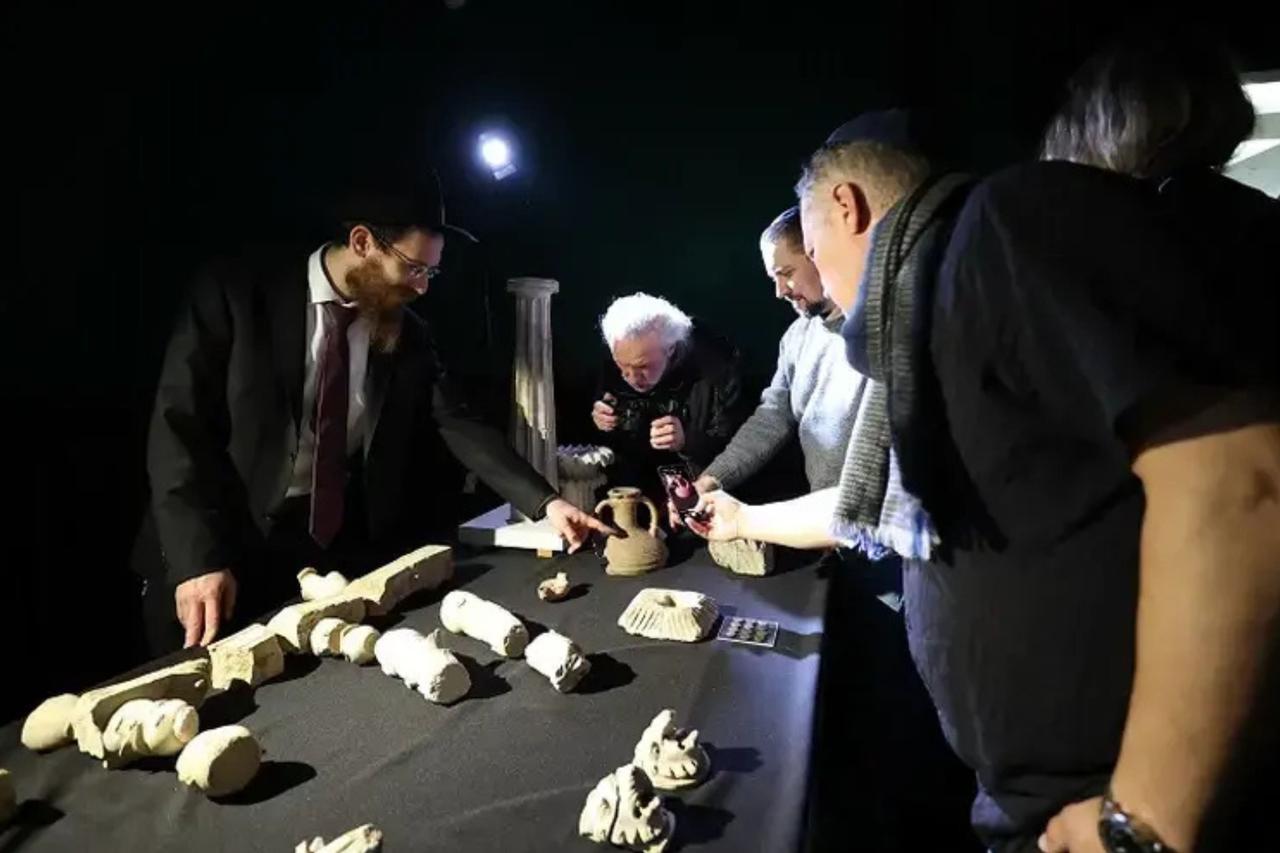
In the heart of the Middle East, archaeology has become more than a scientific endeavor. In Israel and the occupied Palestinian territories, it has evolved into a potent tool of political legitimacy—redefining history, identity, and land ownership.
Israel’s archaeological activities in Palestine have increasingly aligned with a nationalistic agenda. Under the guise of scientific inquiry, excavations frequently seek to affirm Jewish historical ties to contested regions such as Jerusalem and the West Bank—territories internationally recognized as occupied since 1967.
These efforts often draw on biblical archaeology, using the Hebrew Bible as a roadmap to uncover relics from ancient Jewish civilizations. While such excavations do occasionally produce legitimate historical findings, critics argue they disproportionately emphasize Jewish heritage while downplaying or ignoring the deep-rooted Arab and Palestinian presence.
Findings from these digs are not confined to dusty academic journals. They are showcased in museums, broadcast on Israeli media, and cited in diplomatic exchanges. The result is a curated narrative that reinforces Israeli sovereignty and undermines Palestinian claims to their ancestral lands.
Notably, international voices like Albert Glock and Keith W. Whitelam have criticized this trend. They highlight how the archaeology of exclusion not only marginalizes Palestinian identity but also converts history into a single-story tale—one that begins and ends with Jewish presence.

In occupied territories like the West Bank, archaeological sites have become precursors to settlement expansion. Reports indicate that Israeli authorities have used archaeological parks to legally displace Palestinian families. Once declared a "heritage zone," these lands are often reclassified, paving the way for Israeli settlers.
For instance, in Hebron and Shilo, archaeological digs have preceded settlement development. Palestinian residents are pushed out under legal pretenses while new Israeli communities rise—sanctioned by a past unearthed with intent.
Jerusalem stands as the most symbolic battleground. Israeli excavations around the Old City, particularly near the Al-Aqsa compound, are presented as efforts to reveal the City of David. However, these digs have drawn sharp international criticism for their role in erasing Islamic heritage and reshaping the city’s identity through a solely Jewish lens.
According to cultural theorist Jan Assmann, control over historical memory—especially when linked to geography—helps determine present-day authority. Israel’s archaeological dominance in Jerusalem increasingly maps the city as exclusively Jewish, despite its multi-faith history.

Palestinian archaeology, by contrast, suffers from underfunding and political constraints. Attempts to assert their own narrative—one that includes Islamic and Canaanite pasts—are often overshadowed or suppressed. The 1992 assassination of American archaeologist Albert Glock, who supported Palestinian heritage, remains a chilling testament to the risks of challenging the dominant narrative.
Ultimately, archaeology in this context functions as more than the study of past civilizations—it becomes an ideological arm of the state. As excavation tools pierce the soil, they are also rewriting political boundaries and identities. The question remains: is the past being discovered, or designed?
In Türkiye and across the international community, growing calls are urging a more balanced and inclusive archaeological practice—one that respects both science and sovereignty.